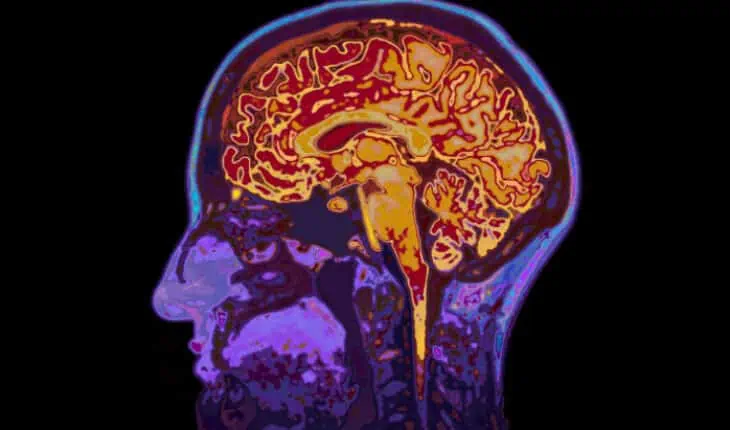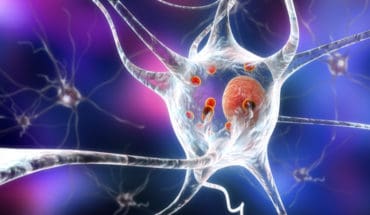Reducing inflammation in rheumatoid arthritis research from the Bionics Institute in Melbourne, Australia: Our researchers are developing a drug-free treatment to treat rheumatoid arthritis using vagus nerve stimulation.
- Researchers at the Bionics Institute are developing an innovative drug-free treatment for rheumatoid arthritis.
- The treatment uses an electrical medical device to target the nervous system and trigger the body’s natural anti-inflammatory response.
- This new treatment will help the large number of people with rheumatoid arthritis who do not respond to drug therapy and suffer ongoing pain and disability.
Why is a new treatment for rheumatoid arthritis needed?
Rheumatoid arthritis is a chronic and debilitating condition that affects over 20 million people worldwide, including almost 500,000 Australians [1].
Unlike osteoarthritis, which is caused by wear and tear, rheumatoid arthritis is an auto-immune disease.
It occurs when the body’s immune system attacks its own tissues, causing widespread damage to the lining of joints and painful swelling.
In severe cases it can lead to bone erosion and joint deformity, causing physical disabilities.
The issue with existing treatments
Although a range of drug treatments are available, they can cause unpleasant side effects, including fatigue, nausea, fainting and an impaired immune system.
To compound this issue, many patients with rheumatoid arthritis don’t respond to treatment and continue to live with debilitating symptoms.
A drug-free treatment for rheumatoid arthritis
Bionics Institute researchers have developed a small electrical device that stimulates the vagus nerve to reduce inflammation caused by rheumatoid arthritis.
The vagus nerve runs from the brain to the gut with branches to several organs, including the lungs and the heart. Among many other functions, it controls the body’s natural anti-inflammatory response.
Powered by a battery that sits under the skin at hip level, the groundbreaking device has been designed to stimulate the vagus nerve, as needed, to dampen the body’s overactive immune response and prevent long-term damage.
Currently in the early stages of development, the device will eventually be implanted into people with drug-resistant rheumatoid arthritis using key-hole surgery.
Unlike devices under development elsewhere the device is implanted at abdominal level, rather than at the neck level, which means there are no effects on the lungs or the heart.
As the stimulation kickstarts the body’s natural mechanisms, people with rheumatoid arthritis will not experience the side effects associated with current drug therapies.
Next steps for Bionics Institute researchers
A vagus nerve stimulation device developed to treat inflammatory bowel disease has passed safety tests for use in humans and will be moving into clinical trials.
As the rheumatoid arthritis device uses a similar therapeutic stimulation strategy, this approval for use in clinical trials will accelerate its development.
Our next steps are to consolidate preclinical data and start planning for a clinical trial with our clinical collaborator, Dr Evange Romas.
More information for researchers:
Despite advances in pharmacological drug therapies, 40% of rheumatoid arthritis patients fail to respond to first order therapy, and 30% of those fail second order therapy (Bystrom et al., 2017).
Applying stimulation to the abdominal vagus nerve overcomes the two major limitations encountered during cervical stimulation. At the abdominal level, the vagus is closer to the spleen, consists of 99% C-fibres (Hoffman and Schnitzlein, 1961) and is distal to vagal branches that innervate the heart and lungs, resulting in no off-target effects to breathing and heart rate during stimulation (Payne et al., 2019).
A human version of the abdominal vagus nerve device is entering clinical trials for the treatment of inflammatory bowel disease later this year (2022, Austin Hospital). As such, if abdominal stimulation proves an effective treatment of experimental arthritis, the treatment will be translated into the clinic quickly.
Publications
Payne et al., 2018 Nat Rev: Gastrol & Hep https://doi.org/10.1038/s41575-018-0078-6
Payne et al., 2019 Frontiers in Science. http://doi.org/10.3389/fnins.2019.00418
Payne et al., 2022 Frontiers in Science. https://doi.org/10.3389/fnins.2022.1012133
The research team
Associate Professor Evange Romas (St. Vincent’s Hospital)
- Combination of drugs could prevent thousands of heart attacks - 21st April 2025
- UQ Study Links Poor Teen Diets to Heavy Social Media Use - 21st April 2025
- Gut microbiome could delay onset of type 1 diabetes - 3rd April 2025






